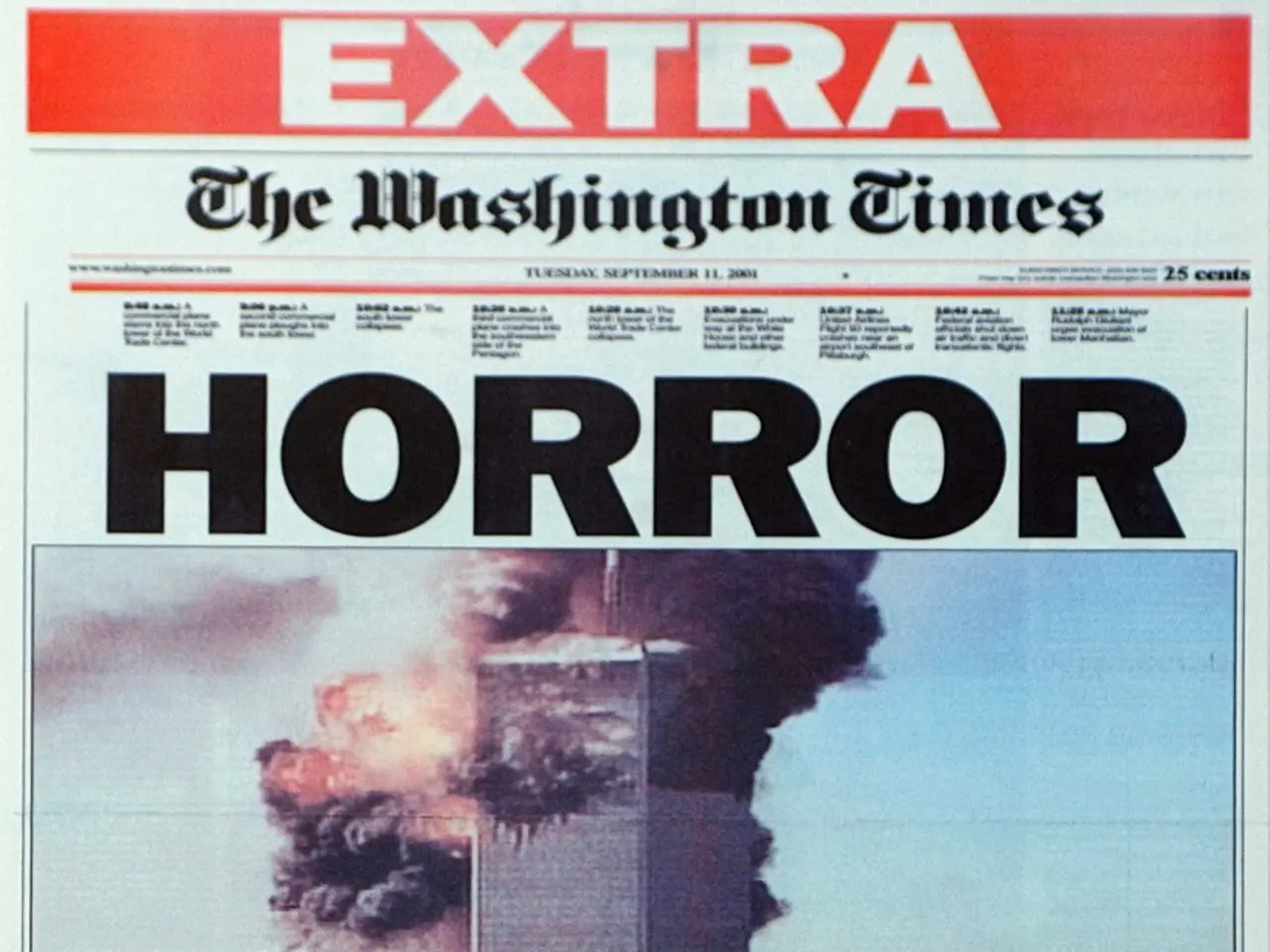Stock Market Direction Unclear but Significant Interest Rate Change hints at Major Shift in Coming Year.
The S&P 500 has been on a rollercoaster ride this year, with several notable developments shaping its trajectory.
Corporate earnings in the first and second quarters have surpassed expectations, particularly within the technology sector. This positive trend, however, is expected to slow down in the second half of the year as tariffs begin to cut deeper into profit margins.
The Federal Reserve recently took action to counteract the potential negative effects of tariffs on the jobs market. On September 17, 2025, Jerome Powell, the Federal Reserve Chairman, announced a quarter-point interest rate cut, the first since December 2024. This move was made to protect the economy's resilience, a quality that has been evident, with artificial-intelligence spending adding more than a percentage point to gross domestic product growth in the first half of the year.
The Fed's rate cut could potentially boost the S&P 500's performance. According to Goldman Sachs, the S&P 500 has a median expected return of 13% during the next year when the Fed cuts rates after holding steady for at least six months. This prediction is supported by historical data, as the S&P 500 has usually performed well when the Fed starts cutting rates after a lengthy pause.
Despite this optimistic outlook, it's important to exercise caution. The S&P 500 currently trades at 22.5 times forward earnings, a multiple seen during only two periods since 1985: the dot-com bubble and the pandemic. Investors should avoid stocks trading at absurdly rich valuations, especially those of unprofitable companies.
Instead, focus on reasonably priced stocks whose earnings are virtually certain to be much higher five years from now. FactSet Research's "bottom-up" forecast for the S&P 500 suggests it will hit 7,310 in the next year, implying a 10% upside from its current level. If the S&P 500's performance matches its historical average, it's expected to reach 7,458 during the next year.
Amidst these fluctuations, it's prudent to accumulate some extra cash in your portfolio to be ready to capitalize on the next drawdown. The U.S. economy added an average of 27,000 workers per month between May and August, the worst four-month stint since 2010 (excluding the pandemic). Inflation as measured by the Consumer Price Index has also reaccelerated due to tariffs, rising to 3.1% in August after dropping to 2.8% in May.
In conclusion, while the economic landscape presents challenges, it also offers opportunities for savvy investors. By staying informed, exercising caution, and focusing on fundamentally sound investments, investors can navigate this market with confidence.
Read also:
- Deepwater Horizon Oil Spill: BP Faces Record-Breaking Settlement - Dubbed 'Largest Environmental Fine Ever Imposed'
- Meta Unveils Ray-Ban AR Display Sunglasses; TikTok Agrees to $200 Million Deal
- Historic downtown temples to receive restoration funds totaling over 25 million pesos
- Cars' Environmental Impact Explained




